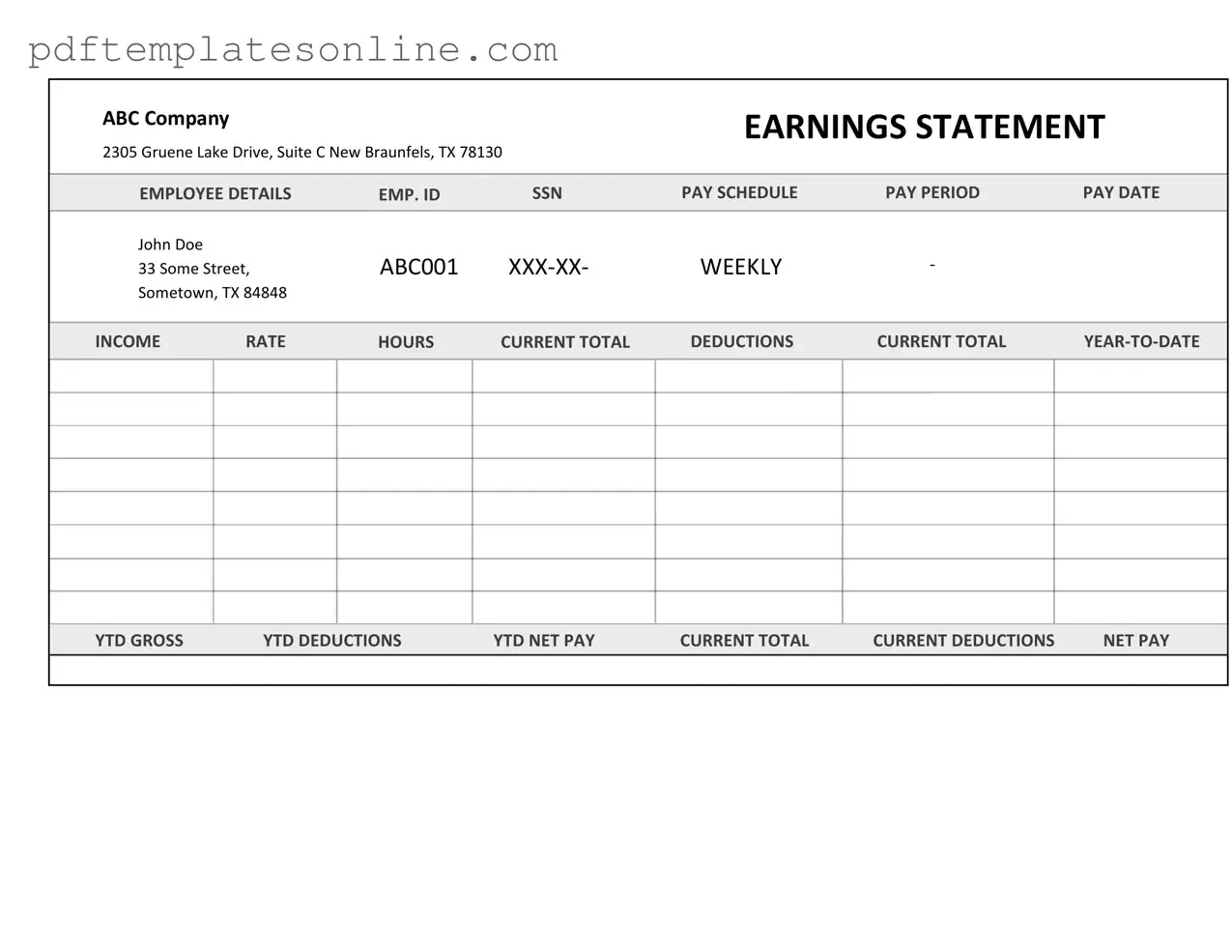Blank Independent Contractor Pay Stub Form
The Independent Contractor Pay Stub form is a document that outlines the earnings and deductions for independent contractors. This form serves as a record of payment, helping contractors keep track of their income and taxes. Understanding its components is essential for both contractors and those who hire them.
Access Independent Contractor Pay Stub Editor Now
